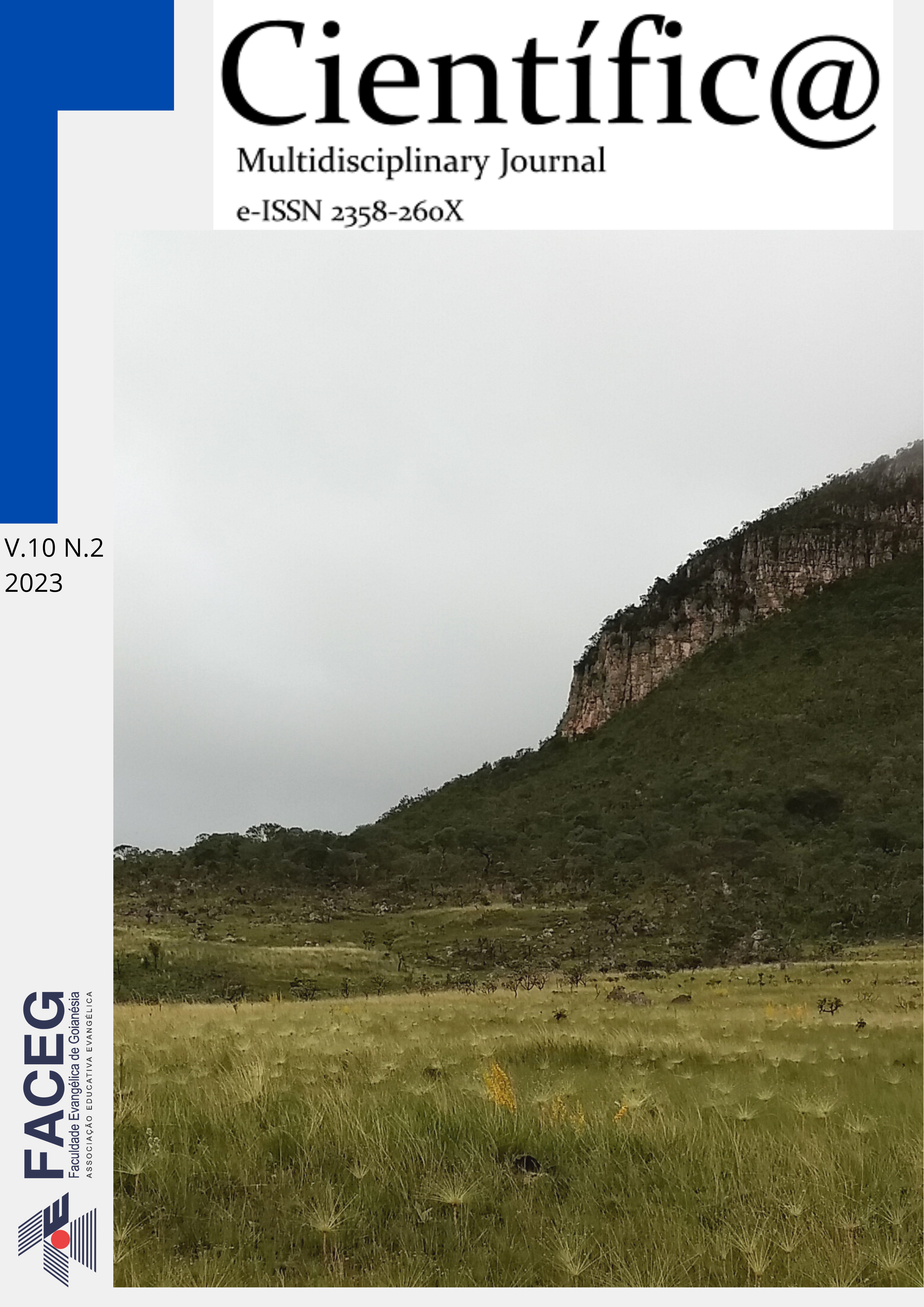CHARACTERIZATION OF PIG FARMING IN CERES-GO: PRODUCTION, HANDLING, FOOD AND HEALTH
DOI:
https://doi.org/10.37951/2358-260X.2023v10i2.6963Abstract
The local pig farming characterization may provide subsidies of activity development and strategies to confront limiting factors. Thus, the aim was characterize the pig farming in Ceres-GO in the production, management, nutrition and health. The research was developed through application electronic semi-structured survey among pig farmers. Participants answering socioeconomic and referring to pig farming questions anonymously. The data were submitted to descriptive analysis with emphasis on the distribution of frequency. A total of 35 pig farmers participated of research. There was predominantly male pig farmers (77.1%) aged between 49 and 64 years (60.0%), with completed elementary school (42.9%). For 80.0% of swine producers the pig farming was not listed as the main activity developed. There was a predominance of farms with an area of up to 10 hectares (ha) (54.3%), with a herd of up to 20 pigs (54.3%). The familiar workforce was predominantly applied (86.0%), and the pigs diet consisted of swine ration associated with alternative ingredients (60.0%). The water origin to pigs was came mainly from artesian wells (43.0%). The wallS of the facilities were predominantly built in brickwork (51.0%) with solid concrete floors (94.0%). Technical assistance in pig farming was scarce (3.0%) and the use of medications/vaccines ware frequently checked. Cohabitants species was observed in 26.0% of pig farms and the slaughter carcasses was traditionally destined to family consumption with th sale of surplus, mainly in the establishment itself. Pig farming in Ceres-GO presented a subsistence profile, being an activity that contributes to food security and income diversification of family. The absence of professional monitoring to activity is limiting and could entail risks to public health and to pigs.
Downloads
Published
How to Cite
Issue
Section
License
Esta revista oferece acesso livre imediato ao seu conteúdo, seguindo o princípio de que disponibilizar gratuitamente o conhecimento científico ao público proporciona maior democratização mundial do conhecimento.
A partir da publicação realizada na revista os autores possuem copyright e direitos de publicação de seus artigos sem restrições.
A Revista Científic@ - Multidisciplinary Journal segue os preceitos legais da licença Creative Commons - Atribuição-NãoComercial 4.0 Internacional. 

